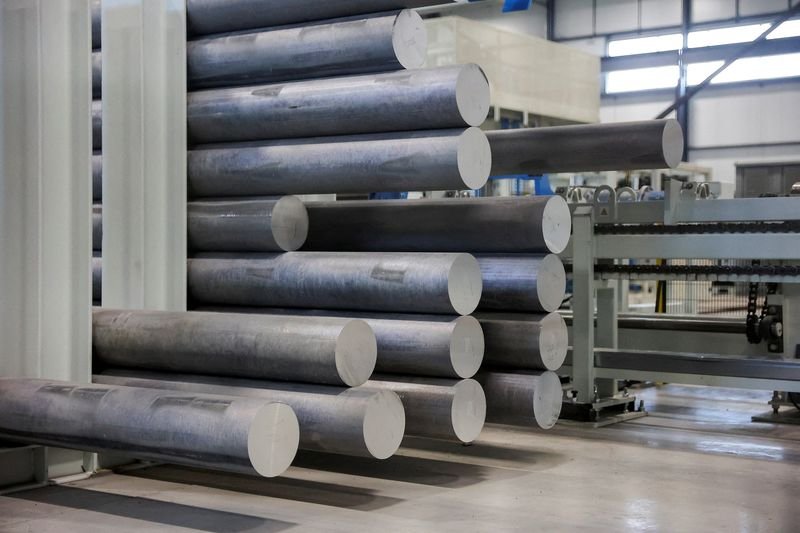Canada Considers Financial Support for Aluminum Producers Amid U.S. Tariffs
Background on U.S. Aluminum Tariffs
The ongoing trade tensions between the United States and Canada have centered around tariffs on aluminum imports. These tariffs, set at 50%, have raised concerns among Canadian aluminum producers. In light of these challenges, there has been growing speculation about the possibility of financial assistance from the Canadian government to help local producers navigate this difficult market.
Impact of Tariffs on the Aluminum Market
The imposition of high tariffs on aluminum has significant consequences for both Canadian producers and U.S. manufacturers. Canadian aluminum is a vital component in various industries, including automotive and construction. The elevated cost of imported aluminum may lead to increased prices for consumers and hinder production capabilities in the U.S. market. As a result, the aluminum industry finds itself in a precarious situation where both countries need to consider the long-term effects of these trade strategies.
Potential Government Support
In response to the tariffs, discussions are reportedly underway regarding the Canadian government’s role in providing financial backing for its aluminum producers. This support could be crucial in helping companies remain competitive despite the constraints imposed by U.S. tariffs. Financial assistance may come in various forms, such as grants, loans, or subsidies, aimed at offsetting the financial burden caused by the tariffs.
The Aluminum Industry’s Response
The aluminum sector in Canada is navigating a challenging environment, with producers calling for action to mitigate the impacts of tariffs. The industry has been vocal in highlighting the importance of maintaining production levels and preserving jobs. Many producers argue that sustained support from the government is essential to ensure they remain viable competitors in the global market.
Long-Term Considerations
As discussions continue regarding potential support measures, it’s crucial to consider the long-term implications of the tariffs not just for Canada but also for the United States. Keeping local aluminum manufacturers viable not only benefits Canadian jobs but also secures a stable supply chain for U.S. industries reliant on aluminum. A sound approach towards trade dynamics can promote healthier economic relationships and foster collaboration between the neighboring countries.
Future Strategies for Producers
Producers are exploring various strategies to adapt to the shifting landscape created by tariffs. This includes investing in innovative technologies to enhance manufacturing efficiency and reduce costs. By staying ahead of market trends and investing in sustainable practices, Canadian aluminum producers can work to mitigate the adverse impacts brought on by tariffs.
Conclusion
The ongoing tariffs on aluminum have prompted crucial discussions within the Canadian government and the aluminum industry. As stakeholders consider the financial support needed to sustain the sector, the reverberations of these discussions will likely be felt in both Canada and the U.S. For producers, adapting to these new challenges while looking toward the future will be key to staying competitive and resilient in an ever-evolving market landscape.
